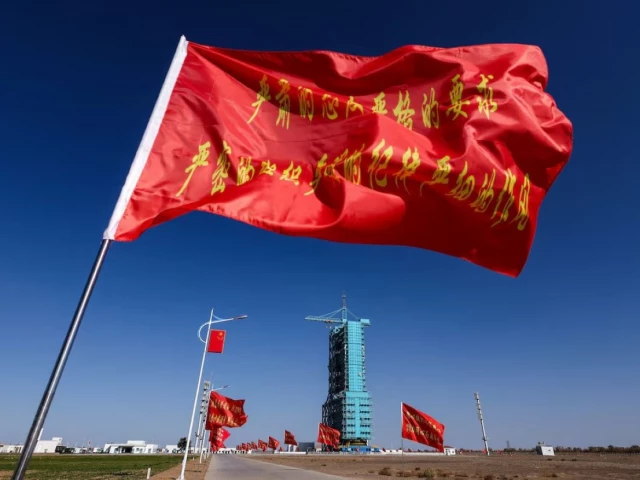China to launch Shenzhou-22 spacecraft on November 25
Shenzhou-22 heads to Tiangong to replace Shenzhou-21, which returned early after docked craft was damaged

China will launch the unmanned Shenzhou-22 spacecraft on November 25, state broadcaster CCTV reported on Monday, a move that will help return the country's space station and manned flight programme to normality after a vessel was damaged in early November.
The Shenzhou-22 spacecraft is being sent to China's space station Tiangong to replace the Shenzhou-21, which was forced to return to Earth six months before schedule after another vessel docked at the station was damaged.
The early departure of the Shenzhou-21 left Tiangong and a trio of Chinese astronauts manning it without a flightworthy vessel for 10 days so far, an unprecedented situation for the space station since it fully began operations in late 2022.
With the Shenzhou-22 set to remove this risk, it remains to be seen how Chinese space authorities will handle the damaged Shenzhou-20 vessel, which experts have suggested could be undocked from Tiangong and de-orbited over the Pacific.
The Shenzhou-22 will be launched from the Jiuquan Satellite Launch Center in northwest China, state news agency Xinhua reported, as with all other recent Shenzhou missions.
The key difference with its predecessors is that this launch will be unmanned, a necessary condition to avoid exceeding Tiangong's ideal capacity of three long-term residents.
This means that China's next crewed spaceflight mission, scheduled for around April next year, will likely be the Shenzhou-23.
Earlier in the month, damage sustained by the Shenzhou-20 led its crew to stay aboard the space station an extra nine days with the newly arrived Shenzhou-21 crew, forcing Tiangong to operate at its maximum capacity of six for longer than usual.



















COMMENTS (2)
Comments are moderated and generally will be posted if they are on-topic and not abusive.
For more information, please see our Comments FAQ